The Town
The Town in the open-air museum Maihaugen in Lillehammer is designed to look like an inland town in the early part of the 1900s. In summer there is plenty of life and activities, and a wide range of experiences for the whole family.
- Lillehammer, founded in 1827, is the starting point for the town at the museum.
- Lillehammer got a railway connection and electricity in 1894.
- Many of the houses have been moved here from the centre of Lillehammer.
- The town blocks were made up in the main from panelled wooden houses.
- The general design of buildings in the villages was transferred to the town.
Along Storgata (the High Street) there are clusters of buildings housing shops, workshops, flats and intimate back yards. Streets, houses and fittings are designed using examples from the early 1900s. The environments give an insight into the lives and living conditions of people from different parts of society.
The pharmacy with the apothecary family’s flat shows how the town’s middle classes lived around the turn of the 20th century. On special occasions you can see pill making demonstrated at the pharmacy.
In the high season in the middle of the summer you might meet actors in historical costumes. In Olsengården the 1930s housewife is perhaps home doing her housework, or going into the back yard to feed the rabbits and hens. Mrs. Olsen likes to talk about the old days - an experience in itself.
There is something for the whole family to be found in the historical shop. Be tempted by the smell of fresh coffee, sweets, old fashioned toys, and nostalgic cups, bowls and plates.
Around the market you will find the post office, the railway station with train, the bakery and the Narvesen kiosk.
Buy a treat at the Bakery at the square while you watch the life of the High Street. The large steam locomotive standing at the railway station is also worth a visit.
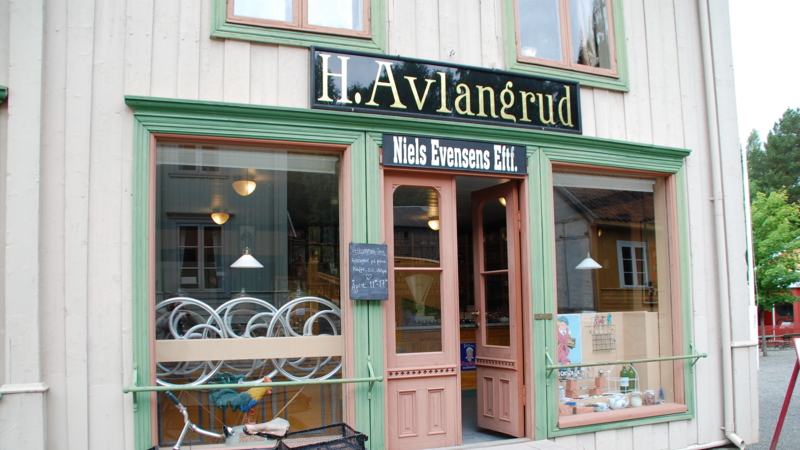
Avlangrud
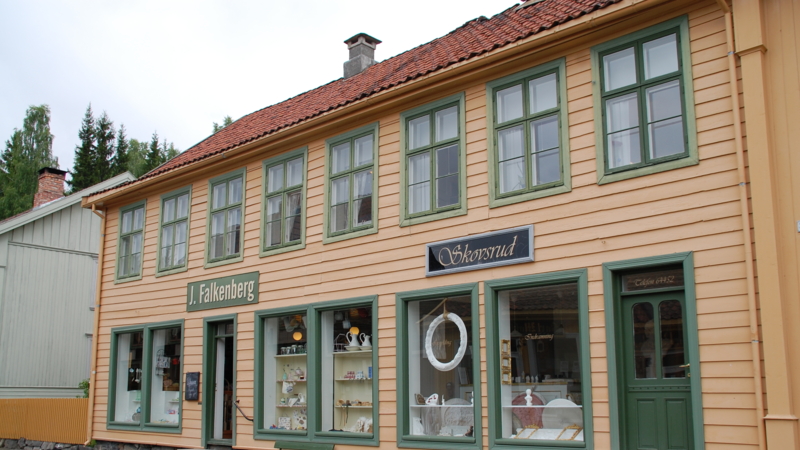
Falkenberg
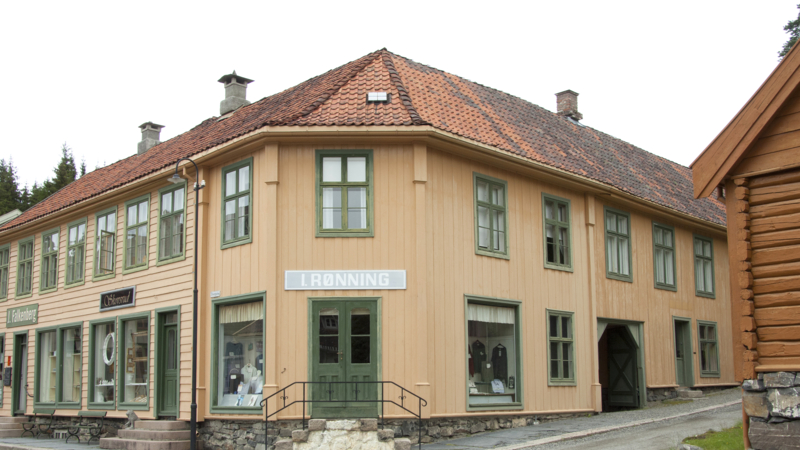
I. Rønning’s Draper’s Shop
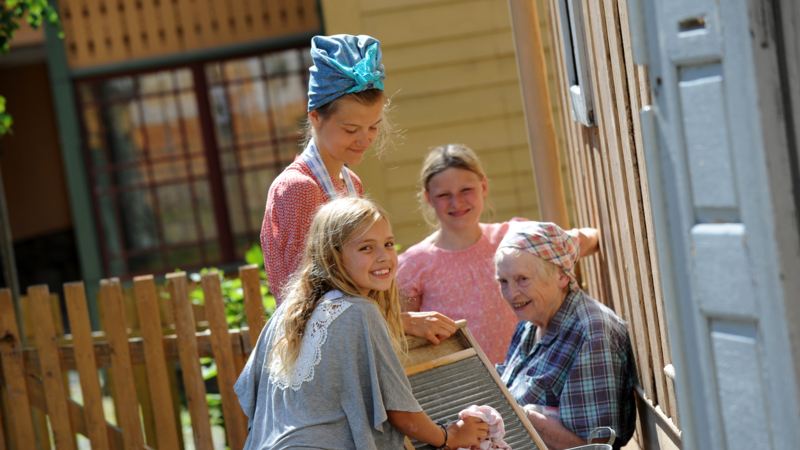
Olsengården

Hage
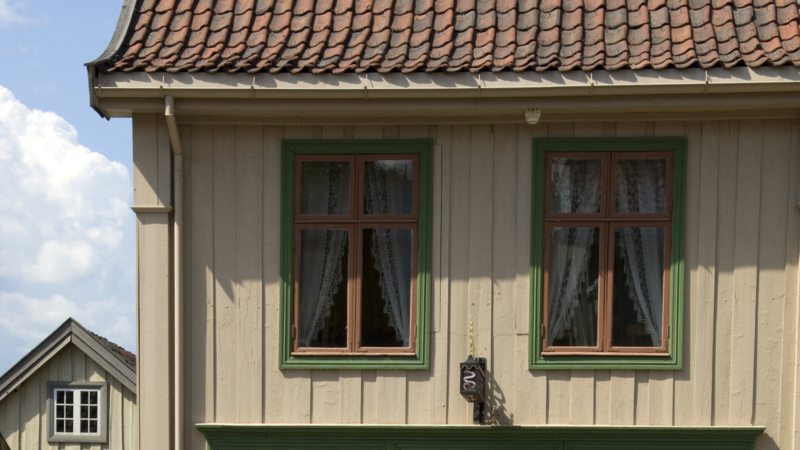
The Pharmacy
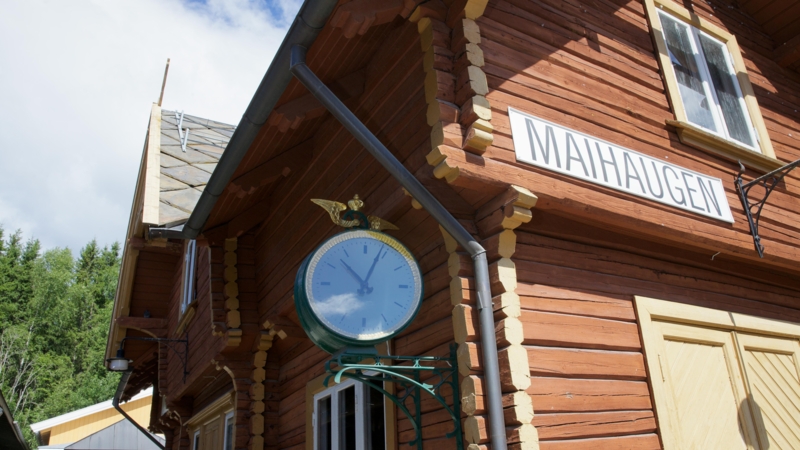
The train and the Maihaugen railway station
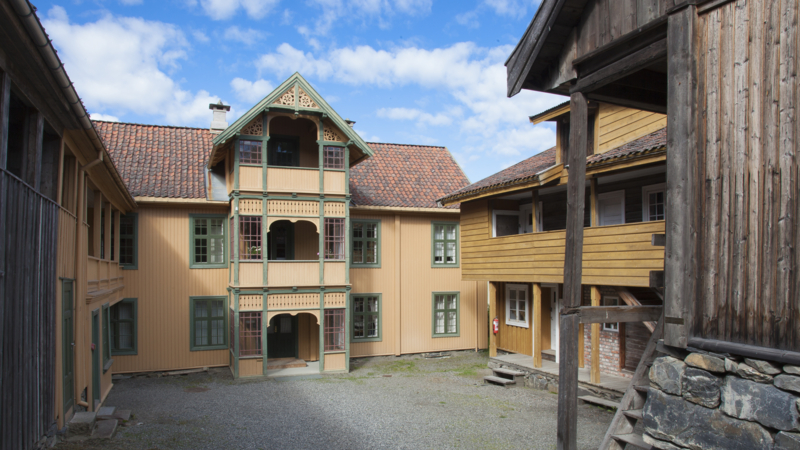
Julingården

The pharmacist's apartment
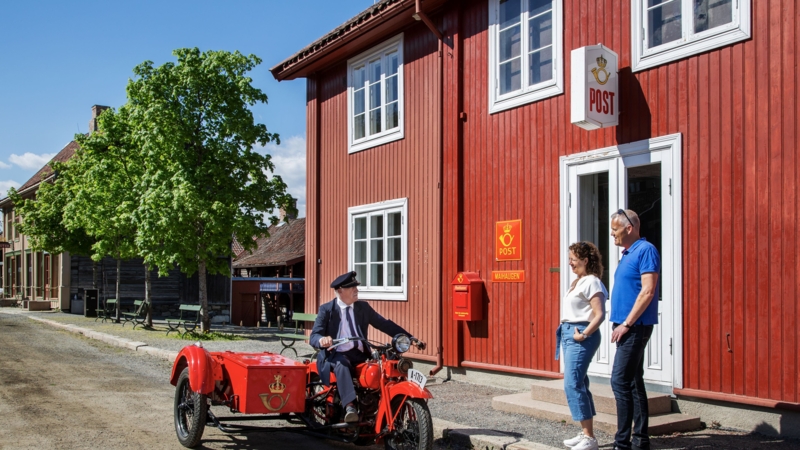
The Post office

